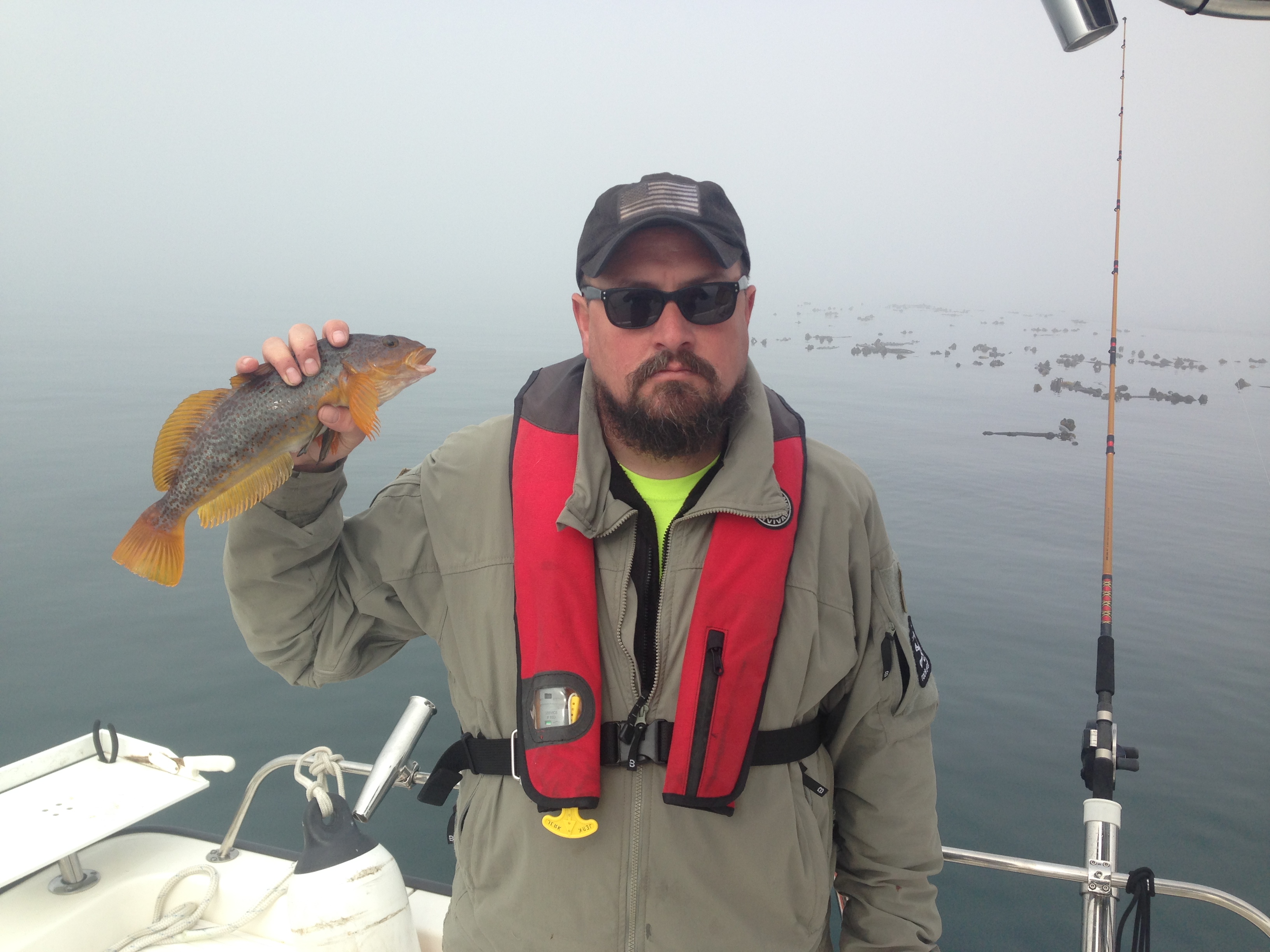Many of you would likely have come across some of the excellent informational videos from ‘Nice Guy Dave’ at WesSpur. We’ve used them ourselves to learn about products and techniques. Then, a few months back, we were fortunate enough to be put in contact with Dave. We wanted to know more. So we’ve asked a few question and have some answers. And in case you’re wandering…yeah, he does seem nice.
Tell us a bit about yourself. What was the journey that led you to WesSpur?
Short answer, I was running a couple of crews in 2010 for a tree service in King County, the economy at the time was in a pretty significant downturn. The owner needed to trim costs. We could drop 2-3 crewmembers or I could give up my position as a Trainer/Safety guy and retain the guys. I opted to go back to contract work. The owner of Wesspur was looking to expand the business. We decided to start the splicing company and also have me on staff as a SME, I have a very diverse background in work at height which gives me a broad depth of knowledge from industrial to rescue to treework.
How has the arborist scene changed over the years you’ve been involved?
The biggest change from my perspective is not only have we adopted many systems from rescue and caving, but there have been really significant leaps in ropewalker systems and work positioning that are unique to treework, and now to see the other at height disciplines start to adopt some of the systems that we use is pretty interesting to be a part of.
Is there any method or technique you look back on and think ‘wow – I can’t believe we used to do it like that’?
I still shake my head at how 20+ years ago nearly everyone on the West coast still spiked everything. It was also common to do removal work with no rope system for the climber. I was a black sheep for setting myself up on rappel when using a saw on removals. We had no idea what an adjustable friction saver was.
Are there any areas you still think carry an unnecessary risk?
I think that too many new climbers still get into the canopy without the proper amount of experience and training in chainsaw cutting techniques. Also, many folks are still working aloft without a rope system to get them to the ground. In addition a lot of folks forgo fundamental training and “youtube” it as far as running climbing systems.
The rules around chainsaw protection vary around the world. Do you think the rules in the US are adequate or could they be tightened to further reduce risk?
I do believe that saw protection should ALWAYS be worn, both on the ground and aloft, particularly with the level of experience of many cutters in the industry. To put in perspective, many years ago in the program I was in on the Hotshots, It was the norm to have over 3000 hours of chainsaw operation before you could even begin to think about testing for your Unlimited certification.
You’ve tested and reviewed a lot of gear. What stands out as essential bits of kit – the gear that everyone should own and have in the ‘arb arsenal’?
A Hybrid ropewalker system for sure. It will add years to your climbing career. In addition, a proper first aid kit and the ability to build simple mechanical advantage systems.
For the next generation of arborists looking to get into the industry – what advice would you like to share with them?
Treework is one of the most rewarding jobs in rigging at height. It is also one that puts the rigger in often very hazardous and exposed positions. We do things in rigging that no one else who works at height even attempts. Training in rigging physics is extremely important as is being competent in Aerial Rescue. Get training every year. There is no such thing as an expert. We are constantly learning and evolving.
We love a true tree tale. Any story you wish to share with us?
I had just transferred to a new Hotshot crew in California. I had been a sawyer for about 5 years at this point. Of course, being in my early 20’s I knew everything. I was the best, all you had to do was ask me. Anyway we were on a fire had pulled a couple of 30 hour shifts and our next shift was cake, just drop burning snags along the line. Of course we are making bets and I wind up missing my gun and hung up a big Sugar pine ( about 5′ diamter) into another large pine. The trees were loaded really bad. We decided that the only option was to blast the trees. Mind you this was my first shift with this new crew. We wound up placing several pounds of Kinnepac on the two trees, moved several hundred meters away and set the charges. What we saw next made me very concerned for my job. Now we had launched 2 very large trees into a giant oak next to the road right at shift change on the fireline. After many hours into the evening with many charges we finally got my mess cleaned up. The Superintendent of the crew wanted to kill me. I have never to this day been chewed out like that. I learned a few things. 1. I didn’t know diddly, that was a defining moment in my career. 2. Explosives are a lot of fun. Lastly, don’t let a huge mistake make you quit, turn into to the opportunity that it is.
For more from ‘Nice Guy Dave’ check out the WesSpur Tree Equipment YouTube page.
Clogger Zero Pants are available now from WesSpur.

